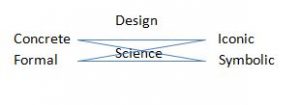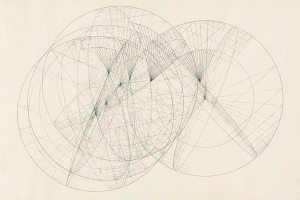Reading 1: Designerly Ways of Knowing
Q1_ “These design teachers tend to be firstly designers, and only secondly and incidentally teachers. This model may be defensible for specialist education, but in general education all teachers are (0r should be) firstly teachers, and only secondly, if at all specialists in any field.” Design is a profession where you learn and gain experience by doing. If this method is so ingrained in us as designers, shouldn’t we want the people teaching design, to have actually designed?
Q2_ “We have to be able to identify that which is intrinsically valuable in the field of design, such that it is justifiably a part of everyone’s education and contributes to the development of an ‘educated’ person.” I think design is a field where you learn by making, but only after you have begun this process do you learn the questions you are really wanting to answer. This leads to a method of inquiry that not only engages you on a technical level of how things work and how you can build them, but also on a larger contextual level of how to learn to ask questions of yourself. This sort of learning is unique in design and promotes a different way of thinking, is this not valuable to learn in general education?
Q3_ In the reading, the author states that many times designers are trained and not educated, I think in recent modes of education, it is becoming more prevalent to ask, “Why are we designing?”
Reading 2: This is Research by Design
Q1_ If a Ph.D is meant to contribute knowledge to the “field” and we are already recognizing the difference in knowledge from science to design, then why is there a stress to research in a multidisciplinary setting? Why is a design Ph.D presented and scrutinized the same as a humanities or science Ph.D?
Q2_ “However, linking theory and practice should be the basis of any serious academic education and research…More in general it should be observed that a fruitful relationship between theory and practice seems to work better if initiated by practitioners, not by theoreticians.” While I think it is good to create valuable links through research and practice, it is a bit dangerous to only value the work carried out by practitioners. The separation between a theoretician and the practice can allow for him to question or think about things outside of the current mode of thought. Is this not something that can inform practice later on?
Q3_ “Architecture researchers should try and establish research ‘in the medium’ of architecture: this means to investigate architecture through architecture and not through history, theory, social science or environmental science” If history, theory etc. many times informs our designs, then why should we not use them to research design as well along with using architecture as a medium?
Comments Off on Week 2 – David Heaton


